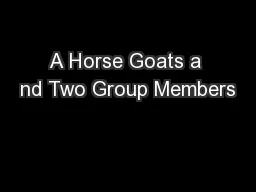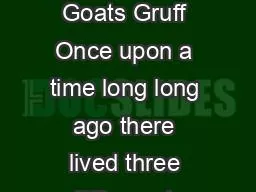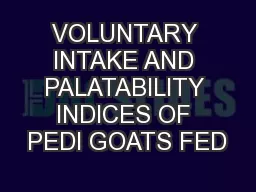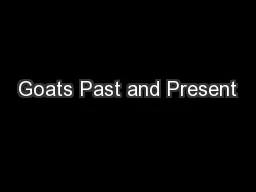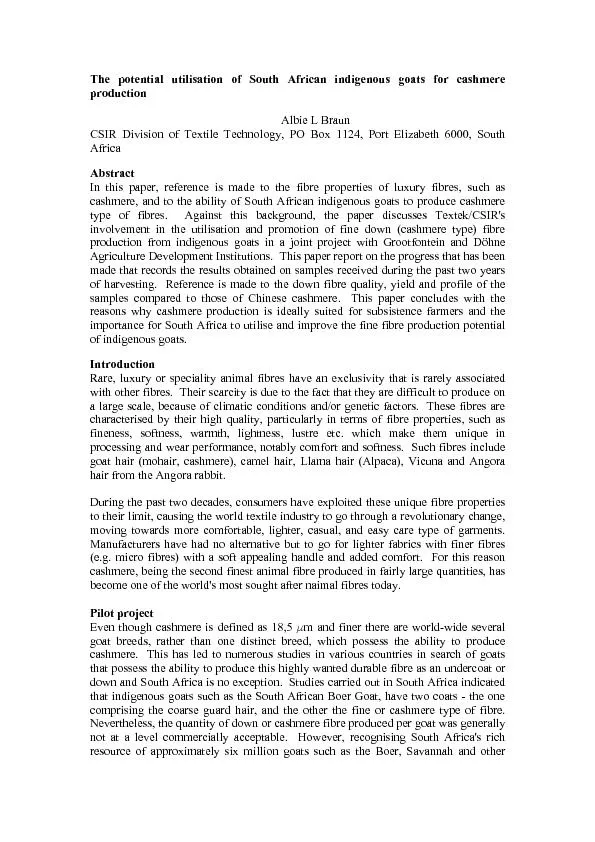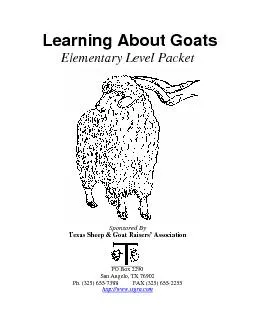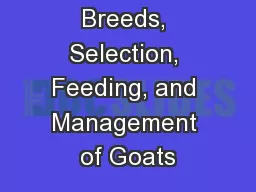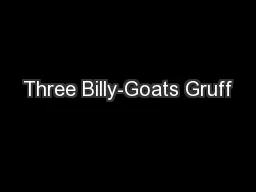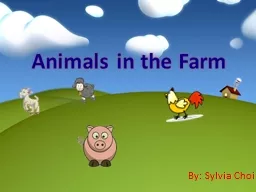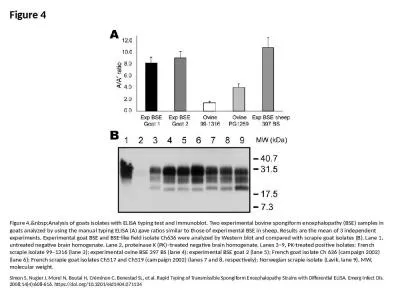PPT-A Horse Goats a nd Two Group Members
Author : stefany-barnette | Published Date : 2018-09-25
Sidra Maryam Jaweriya Abid Fahad Asmat Rana Muhammad Abdus Samad Contents Genre and Tone Plot Setting Significance of Title Real Life Experience Theme Conflict
Presentation Embed Code
Download Presentation
Download Presentation The PPT/PDF document "A Horse Goats a nd Two Group Members" is the property of its rightful owner. Permission is granted to download and print the materials on this website for personal, non-commercial use only, and to display it on your personal computer provided you do not modify the materials and that you retain all copyright notices contained in the materials. By downloading content from our website, you accept the terms of this agreement.
A Horse Goats a nd Two Group Members: Transcript
Download Rules Of Document
"A Horse Goats a nd Two Group Members"The content belongs to its owner. You may download and print it for personal use, without modification, and keep all copyright notices. By downloading, you agree to these terms.
Related Documents

